Real Estate newsletter: A Victorian with a blood-red pool
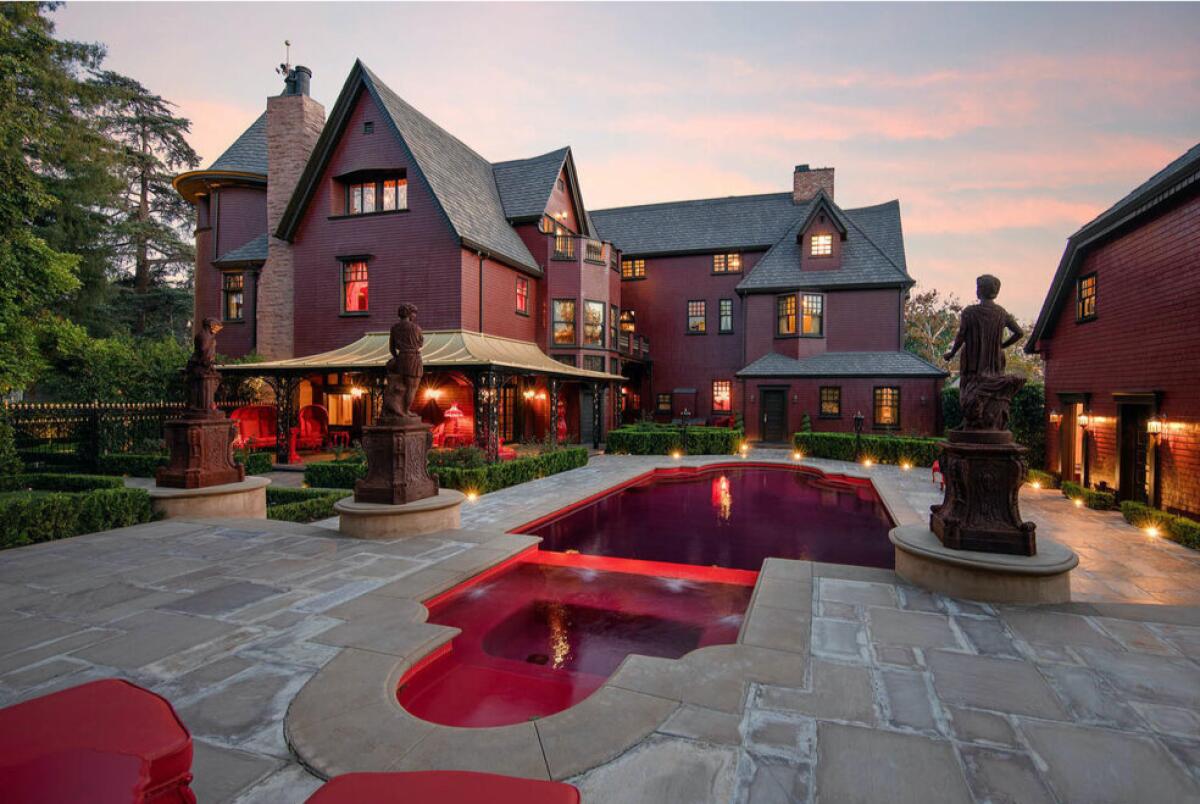
- Share via
Welcome back to the Real Estate newsletter. We have a special treat this week, as one of my favorite houses in L.A. surfaced for sale.
It’s not a pristine Midcentury or a modern mega-mansion, but a three-story Victorian in Windsor Square. Straight out of a horror movie, the dramatic mansion with turrets and spires even comes with a blood-red swimming pool.
Tattoo artist Kat Von D of “LA Ink” fame restored the place, and now she’s listing it for $15 million. She’s not the only notable name tied to the property; previous owners of the 126-year-old home include Isaac Newton Van Nuys, whom the neighborhood of Van Nuys was named after, and screenwriter Lucy Dahl, daughter of famed British author Roald Dahl. When it was painted a more innocent shade of white, it also starred as the family home in “Cheaper by the Dozen.” You gotta see the pictures.
Over in the Bird Streets, we got a reminder of what can happen when a property’s price tag is a bit too ambitious. Retired motorcycle racer John Kocinski originally wanted $30 million for his Mediterranean-style mansion but couldn’t find a buyer for three years. Eventually, he auctioned it off in the home’s living room, and the winning bid was $6.526 million — still a high price, but just 22% of his original ask.
On the lower end of the market, we took a look at the latest technology in 3D homebuilding. Once a novelty, 3D-printed homes are now becoming a tool to address the nation’s housing shortage because they can be built much quicker, and with less labor, than traditional homes.
We also got a stellar deep-dive from L.A. Times entertainment reporter Meredith Blake, who answered the question of what happens when things go wrong on those real estate TV shows that seem to spawn out of nowhere every year. The latest one is called “Home Work,” but one homeowner featured on the show called the process “disastrous.” It’s a must-read story.
If you’re sick of reading by this point, try listening. A new episode of The Times, L.A. Times’ daily podcast, looks into Santa Monica’s dark housing history, which saw the city evict hundreds of Black families in the 1950s and ‘60s and is now trying to bring them back. Columnist Gustavo Arellano is your host, so you know you’re in good hands.
While catching up on the latest, visit and like our Facebook page, where you can find real estate stories and updates throughout the week.
Victorian haunt comes with surprises
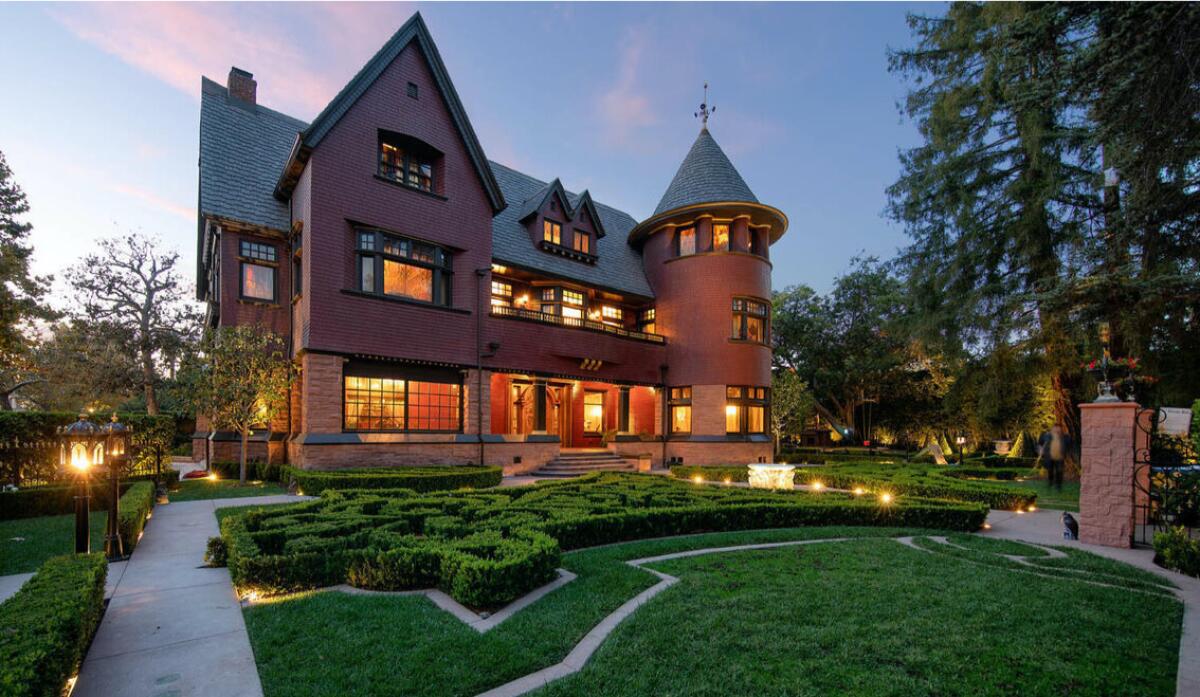
Even in Windsor Square, a neighborhood filled to the brim with some of the city’s finest pre-World War II architecture, this three-story Victorian stands alone. The dramatic mansion is owned by tattoo artist Kat Von D, who just listed it for $15 million.
The gothic haunt has lived a full life over the last century. It was built in 1896 by Isaac Newton Van Nuys, a businessman and the namesake of Van Nuys who owned much of the San Fernando Valley in the 19th century. In 1915, his son, J. Benton Van Nuys, had the entire home moved to its current spot in Windsor Square.
British screenwriter Lucy Dahl, daughter of famed author Roald Dahl, picked it up in 1998 for $1.3 million. During her ownership, the house had its biggest claim to fame when it starred as the family home in the 2003 comedy “Cheaper by the Dozen.” Dahl then quadrupled her money by selling it to Von D for $6.5 million in 2016.
Von D, whose full name is Katherine Von Drachenberg, restored the place to its original style. Today it showcases bold spaces with chandeliers, ornate fireplaces and stained-glass windows across 12,500 square feet.
Once listed at $30 million, a mansion sells for much less
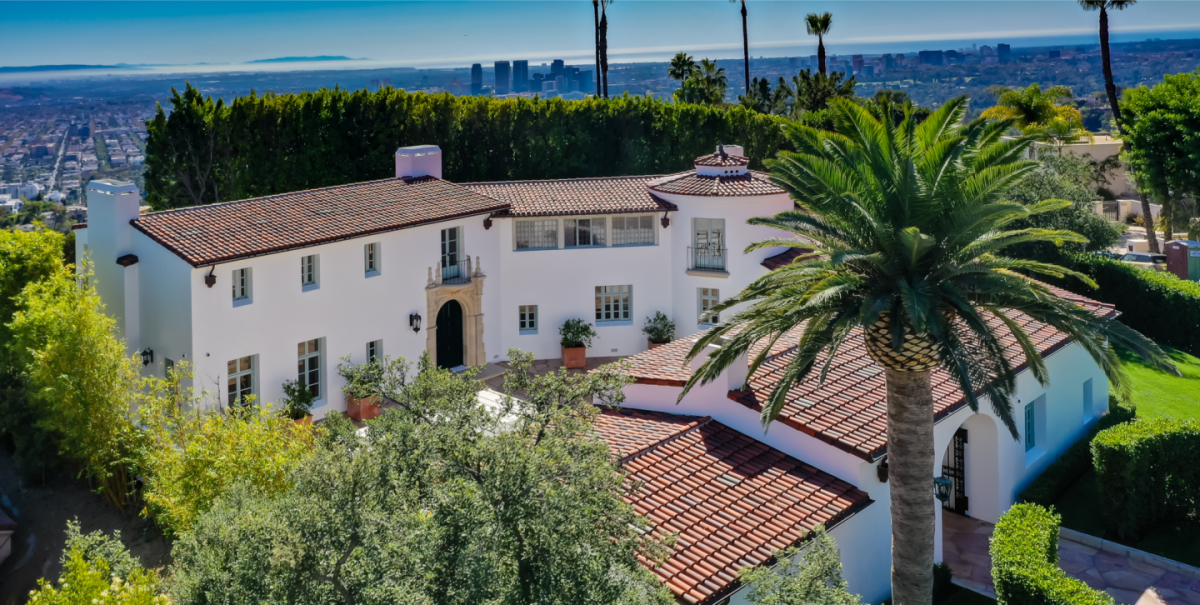
Retired Grand Prix motorcycle racer John Kocinski isn’t exactly riding off into the sunset after selling his mansion in the Bird Streets. The home was auctioned off for $6.526 million — just 22% of his original price tag of $30 million.
The buyer is Michael Shabani, founder of the real estate investment firm Crown Equity. About 15 people showed up to the auction, held in the home’s living room on Saturday, and Shabani won a bidding war against Josh Altman, a luxury real estate agent with Douglas Elliman.
“Michael isn’t even sure what he’s planning to do with the home yet,” said Patrick Fogarty of Hilton & Hyland, who represented Shabani in the deal. “But at that price, he had to purchase it.”
3D-printed homes keep spreading

For Apis Cor, a construction company based in Melbourne, Fla., building certain kinds of homes relies an awful lot on a key team member named Frank, writes Melissa Hernandez.
Frank has an arm that reaches more than 16 feet, said Anna Cheniuntai, the company’s founder and chief executive, and can follow a computerized design blueprint while pushing out a steady stream of beaded construction material used to make walls.
Frank, it turns out, is a large, mechanical component of the technology used to build 3D-printed homes.
Proponents of the technology in recent years have pointed to 3D-printed homes as an innovative step toward addressing housing needs in the United States and elsewhere. Several projects are underway as communities cope with housing shortages and experiment with options.
Home makeover show gone wrong
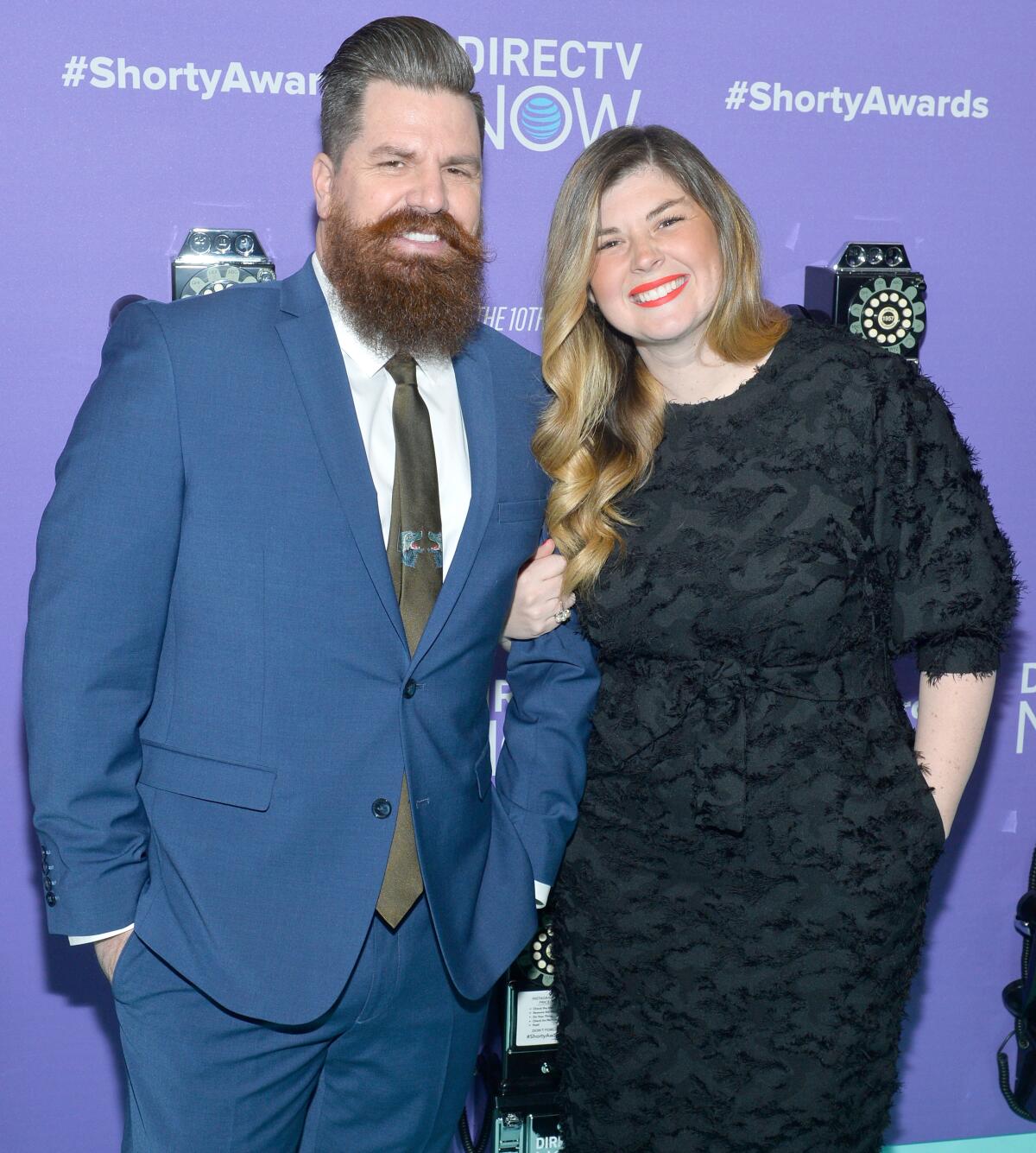
Aubry Bannion was thrilled when Andy and Candis Meredith, a pair of home-flippers, asked her to be on their new show called “Home Work,” writes Meredith Blake.
Days before the show’s channel, Magnolia Network, officially launched in January, Bennion set off a frenzy when, in a lengthy series of Instagram posts, she shared the fiasco she’d experienced behind the scenes on “Home Work.” That “three-week” job ultimately took five months, during which she cooked on a hot plate in her guest room. Weeks went by with no contact from the Merediths, except when they asked her to wire money while they were on vacation in Europe.
The Merediths eventually completed enough work to make the kitchen camera-ready, and Bennion feigned excitement as they filmed a reveal for the TV show. (She ultimately paid the Merediths $13,000, and her renovation was not featured in “Home Work.”) Within days, paint on the laminate cabinets had begun to chip.
Podcast explores Santa Monica’s dark housing history
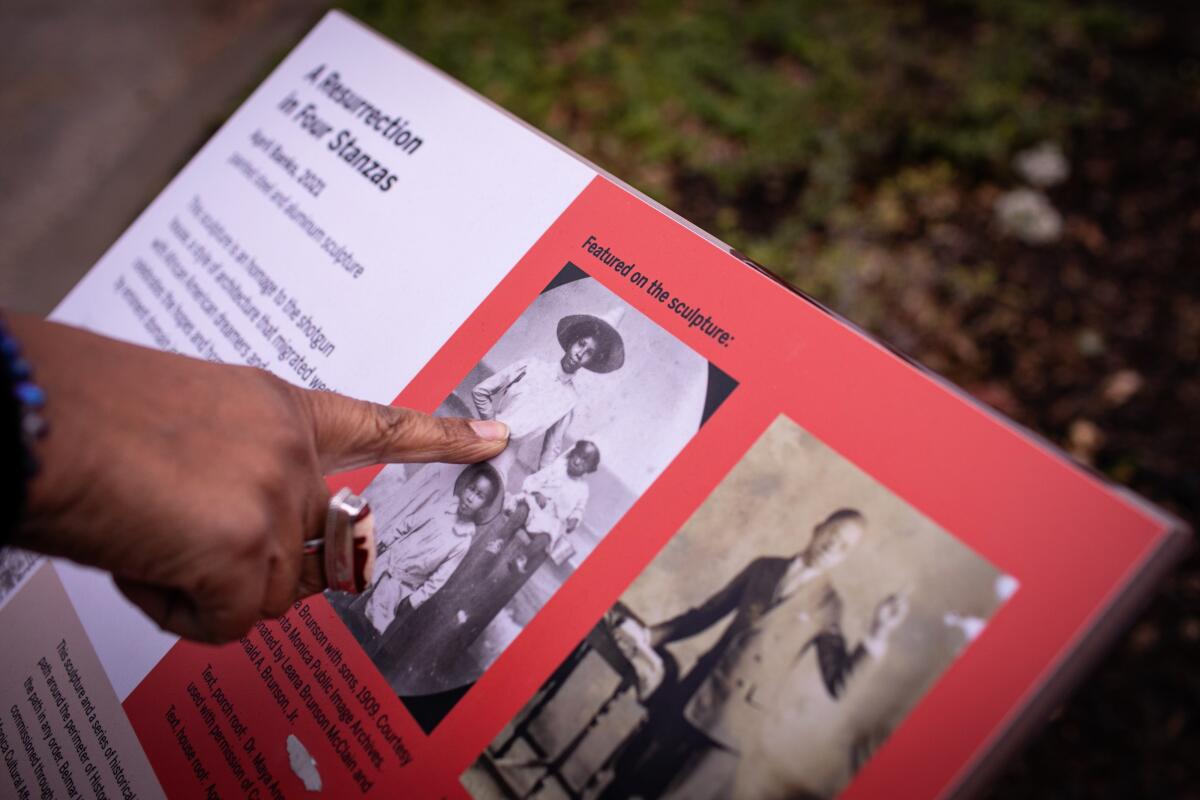
In Santa Monica during the 1950s and ‘60s, city leaders evicted hundreds of Black families to build what ended up being the 10 Freeway. But now, in an act of civic penance, Santa Monica is trying to bring some of those families back. It comes at a time when municipalities across the United States are reckoning with their racist actions from the past, writes Gustavo Arellano.
In the episode, Arellano talks with housing reporter Liam Dillon and Santa Monica native Nichelle Monroe about Santa Monica’s attempt to redress a historic wrong.
What we’re reading
In a seller’s market, people listing their homes find themselves with more power than ever, and many are flexing that power to negotiate the fees they pay to agents. MarketWatch reports that the average commission rate for agents was 2.63% of the sale price for a three-month stretch ending in November 2021, which is the lowest on record.
Although $1.1 million is the approximate median home price in many L.A. neighborhoods, in Aruba, it goes pretty far. The New York Times went house-hunting in the Caribbean on that budget and found a three-bedroom villa overlooking a golf course.
Inside the business of entertainment
The Wide Shot brings you news, analysis and insights on everything from streaming wars to production — and what it all means for the future.
You may occasionally receive promotional content from the Los Angeles Times.




